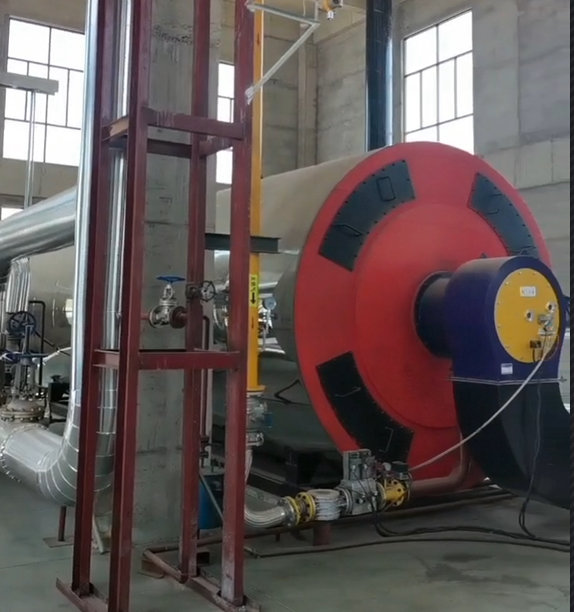
Oct . 07, 2024 21:21 Back to list
steam boiler furnace
Understanding Steam Boiler Furnaces
Steam boiler furnaces play a crucial role in various industries, serving as essential components in heating systems and power generation processes. These units are designed to convert water into steam through the combustion of fuels, providing the necessary energy for various operations. In this article, we will explore the principles of steam boiler furnaces, their types, applications, and the importance of maintenance and safety.
At its core, a steam boiler furnace works by burning a fuel source, such as natural gas, oil, or coal, to generate heat. This heat is transferred to water in a closed system, where it heats the water until it transforms into steam. The steam generated can then be utilized for different purposes, including heating buildings, powering turbines for electricity generation, and facilitating industrial processes like cooking and sterilization.
There are several types of steam boiler furnaces, with the most common being fire-tube and water-tube boilers. In fire-tube boilers, hot gases from the combustion process flow through tubes that are immersed in water. This design allows for efficient heat exchange, making it suitable for a range of applications. On the other hand, water-tube boilers circulate water inside tubes that are exposed to the heat from the flames. These boilers are typically used in higher pressure applications due to their ability to withstand greater stresses.
steam boiler furnace

Steam boiler furnaces are widely used across various sectors. In the industrial sphere, they are essential for manufacturing processes where steam is required for heating or as a power source. For example, in the food industry, steam is crucial for cooking and food processing. In the textile industry, it is used for dyeing and finishing fabrics. Power plants also rely heavily on steam boiler systems to generate electricity through steam-driven turbines.
While steam boiler furnaces are integral to many operations, their efficiency and safety are of paramount importance. Regular maintenance is necessary to ensure that the boiler operates safely and efficiently. This includes checking for leaks, ensuring proper water levels, and cleaning the system to prevent buildup of scale and sludge. Neglecting maintenance can lead to serious hazards, including boiler explosions and carbon monoxide poisoning.
Safety measures are essential in the operation of steam boiler furnaces. Implementing systems such as pressure relief valves, automatic shut-off systems, and regular inspections can help mitigate risks. Furthermore, training personnel in safe operational procedures is critical to ensure that everyone involved understands the proper practices and emergency response protocols.
In conclusion, steam boiler furnaces are vital components in various industrial applications, providing heat and power necessary for numerous processes. Understanding their operation, types, and safety considerations is essential for anyone involved in industries that rely on this technology. By prioritizing maintenance and adhering to safety regulations, facilities can enhance the efficiency and longevity of these important systems, ultimately contributing to a more reliable and safe operational environment.
-
High Efficiency Gas Fired Thermal Oil Boiler for Industrial Heating
NewsJul.29,2025
-
High-Efficiency Gas Fired Hot Water Boiler for Sale – Reliable & Affordable
NewsJul.29,2025
-
High Efficiency Biomass Fired Hot Water Boiler for Industrial and Commercial Use
NewsJul.29,2025
-
High-Efficiency Biomass Fired Hot Water Boiler for Industrial Use
NewsJul.28,2025
-
High Efficiency Coal Fired Hot Water Boiler for Reliable Heating
NewsJul.28,2025
-
High Efficiency Coal Fired Thermal Oil Boiler for Industrial Heating
NewsJul.26,2025
Related PRODUCTS






















